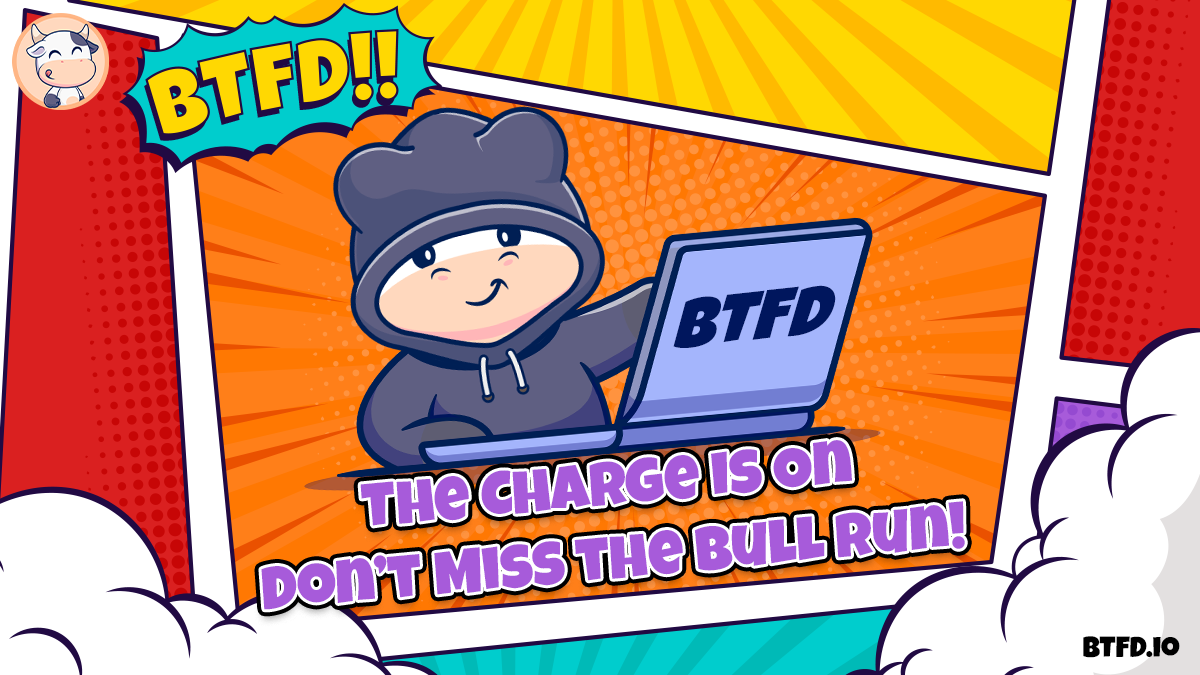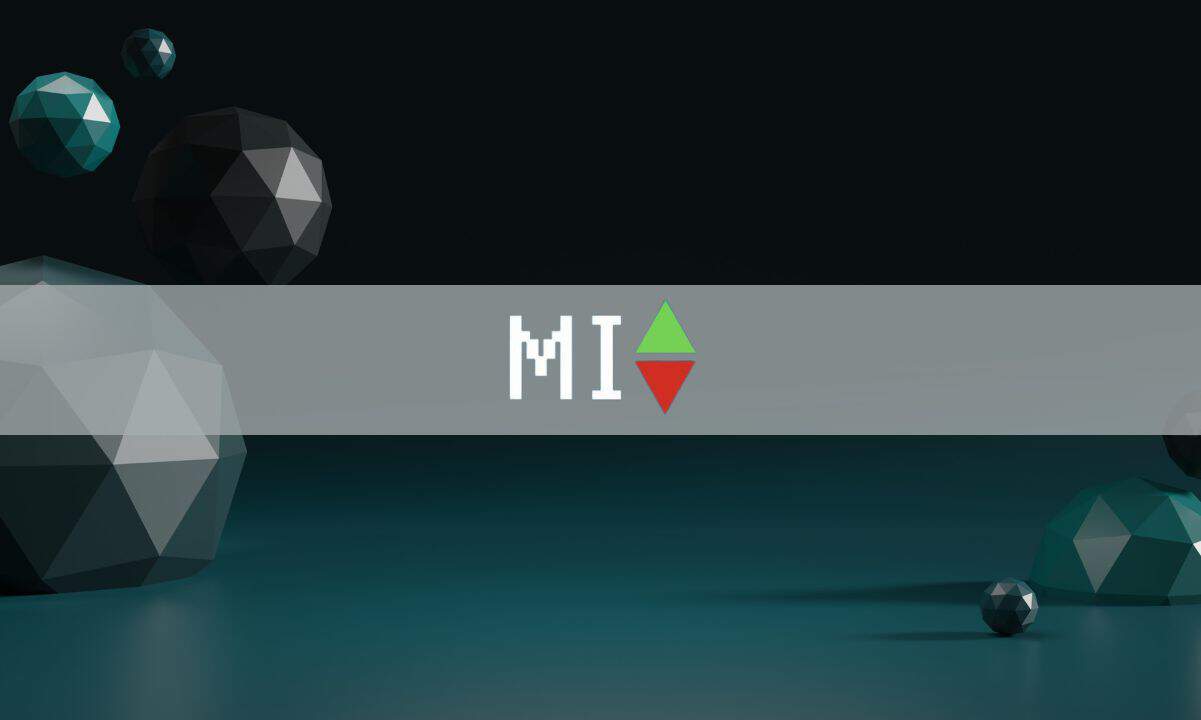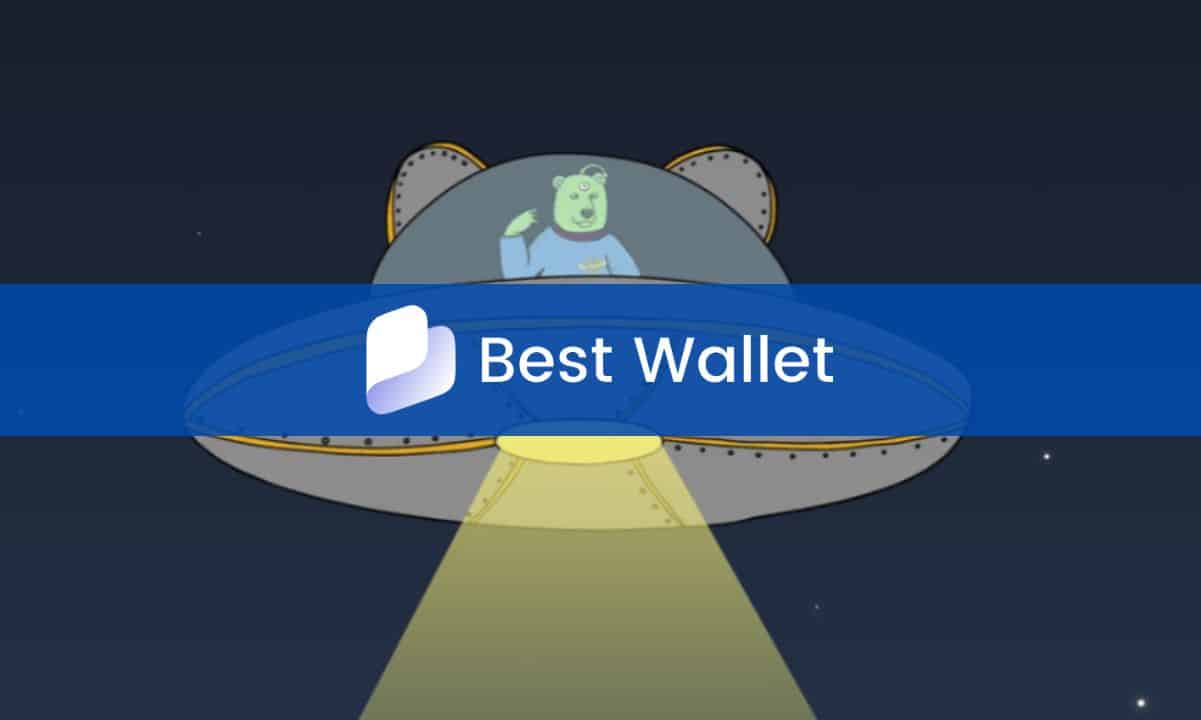
- Ethereum developers have scheduled testnet trials for Pectra, set to begin on February 26. If successful, the long-awaited upgrade could go live in April.
- The upgrade merges Prague and Electra updates, with EIP-7702 improving smart contract wallets and EIP-7251 raising the validator staking limit to optimize node operations.
Ethereum developers have confirmed test dates for Pectra, marking the network’s first major upgrade in nearly a year. The long-anticipated update aims to enhance wallets and validators but comes as Ethereum faces growing pressure from its community. Competitors such as Solana continue gaining traction, raising concerns about Ethereum’s ability to maintain its lead.
Testing will begin on February 26 on the Holesky testnet, followed by a second round on March 5 using the Sepolia testnet. If both phases proceed without issues, developers will meet on March 6 to finalize the launch timeline. According to Tim Beiko, Ethereum Foundation’s protocol support lead, Pectra could go live on the mainnet in early April.
Pectra is going live 
Holesky will fork at slot 3710976 (Mon, Feb 24 at 21:55:12 UTC)
Sepolia will fork at slot 7118848 (Wed, Mar 5 at 07:29:36 UTC)
Assuming Sepolia goes smoothly, we’ll pick the mainnet slot on the March 6 ACD call 
— timbeiko.eth (@TimBeiko) February 6, 2025
The upgrade merges two separate updates, Prague and Electra, into a single release, forming the name “Pectra.” Among eight key improvements, EIP-7702 stands out for its impact on crypto wallets. It enhances smart contract functionality within externally owned accounts (EOAs), improving user experience and enabling gas fee payments in tokens other than ETH.
Staking Limit Jump — 32 to 2048 ETH
EIP-7251 introduces a significant shift by raising the validator staking limit from 32 ETH to 2,048 ETH. The update optimizes node operations, enabling larger validators to merge infrastructure. Staking beyond 32 ETH currently demands multiple nodes, causing inefficiencies and extended setup delays. Expanding the limit could ease congestion, simplifying node deployment.
Right now, Ethereum validators need at least 32 ETH to run a node, and the Max Effective Balance is capped at 32 ETH. That means anything you stake beyond 32 ETH doesn’t earn extra rewards—you’d need to set up another validator for that.
With the Pectra upgrade, you’ll be able… https://t.co/5vVd8YTDXN
— EIP Fun (@EIPFun) January 16, 2025
The Ethereum ecosystem has been experiencing turbulence in recent weeks. Its native token, ETH, has been underperforming compared to other cryptocurrencies, particularly Bitcoin and Solana. While Ethereum remains the most-used smart contract network, it has been losing momentum to rival blockchains.
At the same time, the Ethereum Foundation, which oversees upgrades and provides leadership within the ecosystem, is undergoing a major transition. An informal vote recently suggested Danny Ryan as a potential new leader, further adding to the uncertainty about the project’s long-term direction.
Can Ethereum Hold Its Ground?
Ethereum has long prided itself as the leading programmable blockchain, but its position is being challenged. Solana, known for its high-speed transactions and lower costs, has attracted developers and liquidity away from Ethereum. That shift has fueled growing concerns among the Ethereum community, with many calling for a renewed focus on innovation.
Some critics have also blamed the Ethereum Foundation for selling ETH during market downturns, a move seen as undermining confidence in the network. Developers, however, remain optimistic that Pectra will provide a much-needed boost, reinforcing Ethereum’s infrastructure and keeping it competitive.
Despite these challenges, Ethereum’s upgrade roadmap remains on track. If Pectra launches successfully in April, it could restore some confidence in the network’s future. However, with stiff competition from rival blockchains and internal leadership changes, Ethereum’s path forward is anything but certain.
Crypto News Flash – Read More









